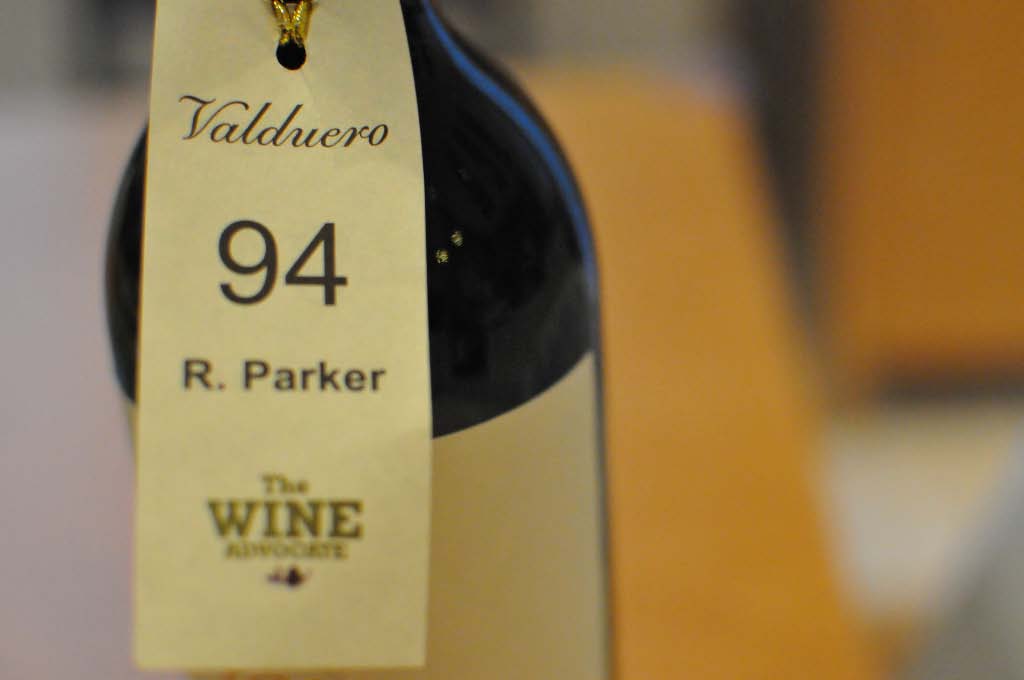
A friend just offered me a bottle of wine. It was just wonderful. Thank you.
What surprised me was the tag attached to it, which claimed the 94 points obtained from Robert Parker in the Wine Advocate. Well, ok everyone knows that Parker decides on whether a wine will be a success or not. But let’s face it. It has lasted for too long. Wine lovers were happy to find a reference years ago to limit their risks when purchasing wines. But the downturn of this is that wines in the 95-100 range have become excessively expensive.
Time has come for new standards. Time has come to re-invent the way customers buy wines. Great value for money is what people are looking for. Let’s offer consumers (male and female) what they need. I don’t believe in Parker anymore.
My take:
Marketing in the wine industry was heavily influenced (too much to my taste as you can see from the above) by Robert Parker. Actually this man deserves to be remembered because he proposed a solution to a human problem, not to a problem that has anything to do with wine. He offered a credible alternative to reducing risk. Think about it for one moment. Until you have tasted a wine you can’t evaluate whether your purchase was worth the money, right. It’s a risk and all human beings have a tendency to search for strategies to reduce this risk. Robert Parker offered one. In a context where wine prices further increased (remember he started with commenting wines in 1982) people were desperately needing a tool to make the best purchases possible (in terms of ROI). Of course this is not the only reason why it worked so well.
At the same time Robert Parker invented a system (his 100-point scale) which he was able to make credible. The way he diffused his idea was also a well thought strategy that further reinforced his credibility. He refused to publish advertisement in the Wine Advocate, the magazine where the ratings were published. This was at the opposite of what other journals like the Wine Spectator were doing. By not publishing advertising the price of the subscription went up which reserved it for the top-tier of the wine aficionados.
Last but not least Parker is someone who writes very very well. Reading his comments about a wine is delightful and adds to the customer experience. Reading about flavors of chocolate, cigar, little red fruits, and the like makes you willing to taste it. He made the wine sexy (just like Apple made computers sexy). This beauty, this search for the right words, all added to making wine a intellectual product, yet an intellectual product with all the keys to decode and understand it.
Let’s conclude on the variables in the equation: a tool to reduce risks, a strategy to make the scale and the comments credible, beautifully written comments, the keys to understand an intellectual product. Here is the magical recipe how Parker was able to make wine an (even more) status-bearing product for those-who-have-taste-and-money.
Posted in Marketing, Strategy.

